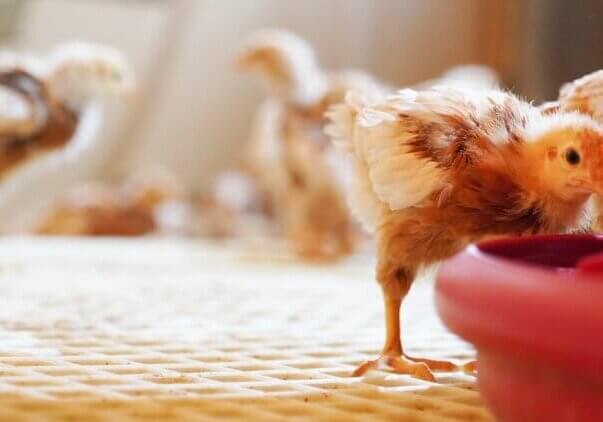A
collaborative effort among five animal science professors has created opportunities for hands-on learning for undergraduate students.
Alex Pasternak, assistant professor of animal sciences, along with department faculty colleagues Scott Radcliffe, Kara Stewart, Ryan Cabot and Greg Fraley, submitted a $100K grant through the Office of the Provost’s Instructional Equipment Program. The initiative supports high quality and state-of-the-art equipment in the West Lafayette campus’ instructional facilities.

With the award, Pasternak purchased eight new microscopes, six handheld ultrasound machines, four advanced ultrasound machines and basic lab equipment, including centrifuges and pipettes. Collectively, the equipment will support delivery of the new animal science curriculum that places emphasis on hands-on instruction.
“The objective was to move away from the show and tell type of instruction, instead of them watching us use a $80K ultrasound machine, we wanted to be able to actually put one into the hands of students,” Pasternak said.
The handheld ultrasound machines and microscopes capture images that are streamed directly to students' smart phones, allowing them to take their experience with them to better study the material.
“We used to discourage students from having their phones out in class, but smart phones have actually given them the opportunity to document their work,” Pasternak said. “So rather than have them come back at 7:30 p.m. to access slide decks just to take notes so they could study those at home, they can capture those images in class and immediately have that study material.”
Having the ability to capture images on a smart device allows for clearer communication between students and instructors as well.
“Students are able to make notes on the images so they can better ask questions and just send an email to us,” Pasternak said. “It makes for better learning all around.”
Using the machines for taking ultrasound images of pigs and sheep provides students with a more realistic experience for their post-grad careers.
“I can show them how an ultrasound should look, but that doesn’t in any way communicate the actual difficulties of doing it,” Pasternak said. “The ultrasound machines take very delicate movement to get just the right angle, and you're doing this all while the animal is moving.”
Cabot said the ability to stream images from the microscopes to students’ phones has also been a curriculum enhancer for his classes.
“Working in small groups enables our students to bounce ideas off of one another as the class works to link together the various processes we cover in lecture with the structures they examine in the laboratory.”
Purdue Agriculture experts suggest thinking twice before purchasing Easter pets
Dating back centuries as a sign of fertility and new life, chicks and rabbits have been identified with Easter and spring décor, making their seasonal arrival in most farm supply stores a tempting purchase.
Read Full Story >>>New and improved cherry flavor courtesy of the petunia flower
That cherry flavor you enjoy in candy and soda is likely a combination of aromatic and flavor compounds discovered through study of plants in laboratories far from cherry trees. It and the sweet scent of your almond extract may actually be courtesy of a petunia flower.
Read Full Story >>>Through the hen’s eyes: $1 million grant to improve cage-free housing for egg laying
Just over one third of the United States egg laying industry currently produces in cage-free environments, while companies pledge to use more ethically sourced ingredients in their production processes.
Read Full Story >>>

